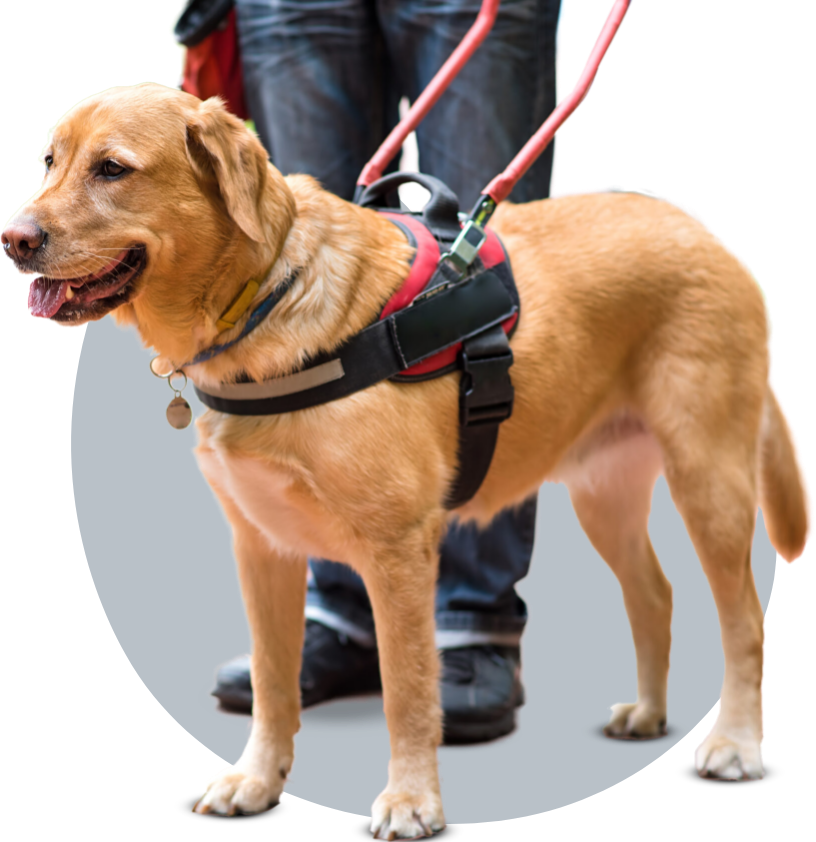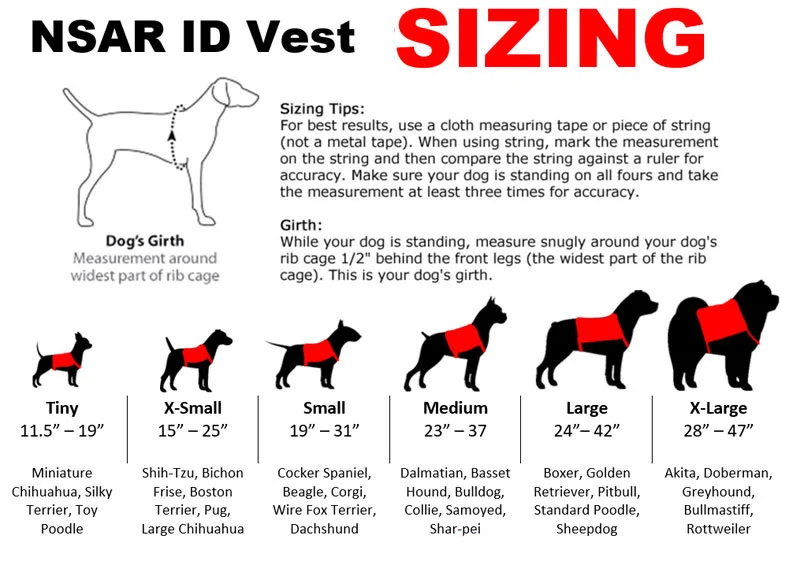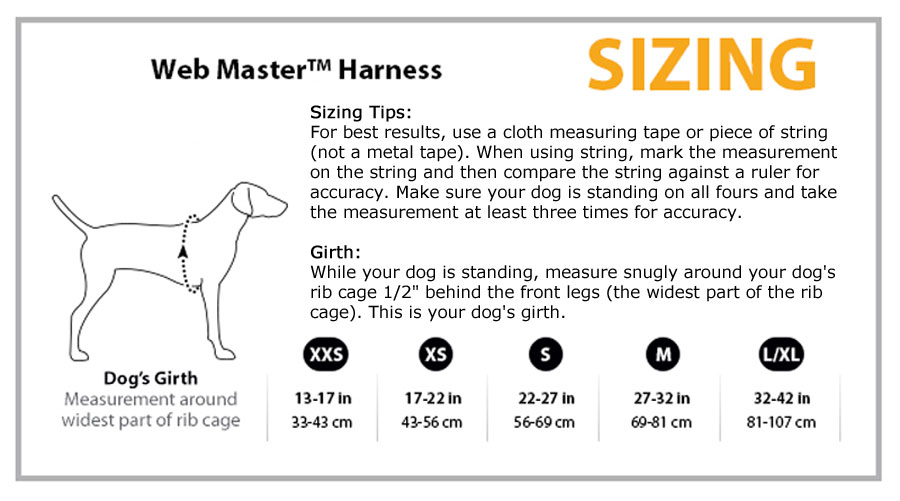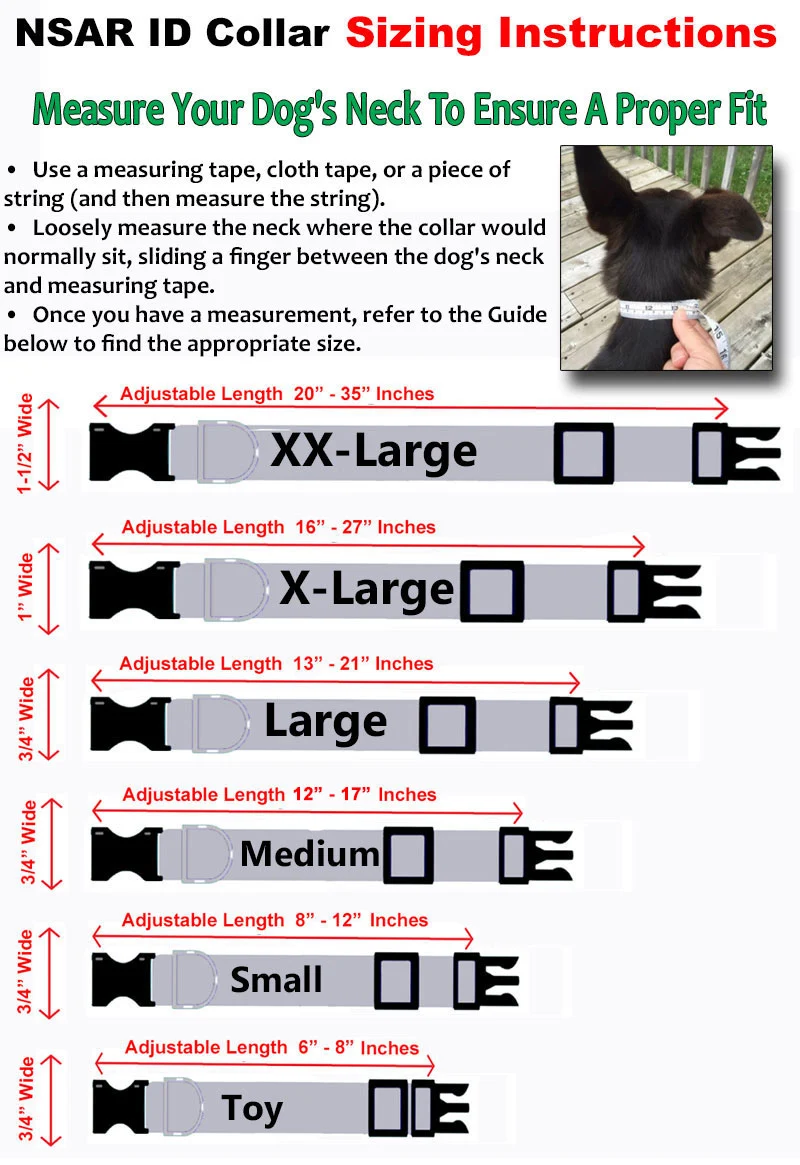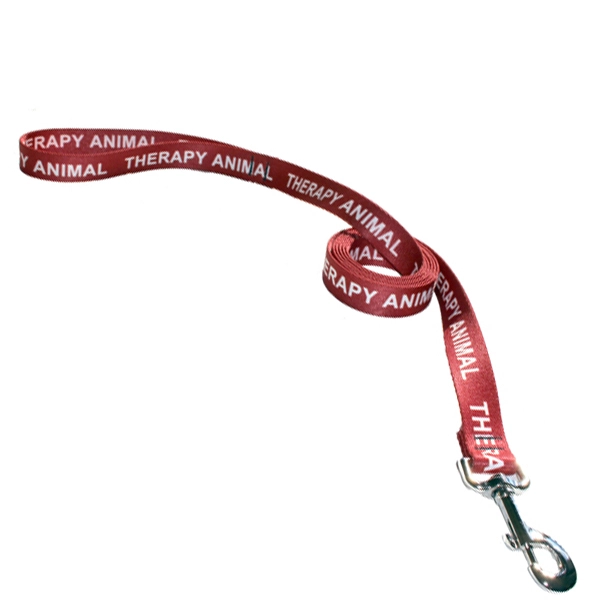How to Teach Your Dog to Come

Teaching your service dog or emotional support animal to come when called is essential to the training process. If you want to have any type of control while you are in or out of your house, you must start teaching your dog to come when called as soon as you bring them home.
To teach your service dog to come when called they will need to know the sit command first. Once they are well versed with “sit” you can move onto “come”. You will need a few supplies. A long training, leash, some toys and treats, a pet cot or bed, and some patience will get you well on your way!
Whether your dog is a brand new puppy or a full grown adult, you must approach the training with the same mindset: Consistency is key!
Step One:
Put the long training leash on your service dog. Grab a handful of treats let them get a good sniff. They should be very excited about these treats. Tell your dog to sit. Once they get into a sit, jump backward, leaning slightly forward towards them. Keep the treats at their nose level. As you move tell them to come in a very enthusiastic tone. Your service dog should be inclined to move towards you for a couple of reasons: the treat you are holding, and the movement. Dogs are very drawn to movement. This will be a big part of teaching them to come. Being bent forward is a very inviting position for dogs. This will encourage them to move to you as well.
Once your emotional support animal or service dog gets to you, reward right away. Make sure you don’t reward them if they are jumping on you or distracted. They should be looking at you expecting their reward.
Repeat this process with every meal you feed your service dog for about a week. You are building drive and focus on you so when you tell your dog to come, they are excited to do it.
Step Two

Teaching your emotional support animal or service dog to come when called will pair well with teaching them to stay. Use a designated spot like a pet cot. The cots are elevated and will actually help your dog focus better. A bed will work as well. Your service dog needs to have a designated perimeter so they understand where they need to stay until you tell them to come.
Start by showing your service dog their spot. Lure them onto it with treats if needed. Do not force them onto it. Once they understand this is a nice place for them you can start actively using it for training.
When you’re ready to get to work, have treats handy but try not to let them know it. Put them on their spot and tell them to stay. When you tell your service dog to stay, stand up straight. Put your hand out like a stop sign and firmly use the “stay” command. Take one step back. Do not repeat your command. It is likely your dog will jump right off and come to you before you call them. It will take some time and repetitions for them to actually stay put. Age and attention span will have a big effect on the number of repetitions you must do. Once they are staying, start to build on the “come” command. Enthusiastically call them to you and put them into a sit when they get there. Reward them while they are in the sitting position.
While you are working on this, make sure you pause for a moment before you call them. If you step back and immediately call them, they may not be understanding the “stay” part of the command. Try to count to five before you call your dog. Then when you do, take a small step back as you give the command. You will be using that movement to draw your dog to you, but there needs to be a definitive pause between the two commands.
Put more distance between you as your emotional support animal gets better with the command. Once you are moving further away, you should be able to turn your back to walk away. A lot of people will put their hand out and back away slowly, displaying a lack of confidence. This will tell your dog you don’t believe in yourself and they shouldn’t either. Remember, worst case scenario, they hop off and you just calmly put them back onto their spot.
Before moving onto the next step, you should be able to walk across the room. When you call them, they should come right to you. If they are stopping short or getting distracted along the way use the long leash to bring them all the way to you. Then on your next attempt, start a little closer. Continue to practice the short come, sit sequence with their meals as well.
Step Three
Move to a patio or driveway to start teaching your emotional support animal or service dog to come when called outdoors. Remember to have their long leash on, and plenty of treats.
You will need to repeat the beginning process outside. To your service dog, this is basically starting at square one again. Use their food or treats and do the short come-sit sequence. If they are doing well with this, begin working on stay and come with their bed or pet cot.
As you progress, start making your service dog stay while you walk around. Put them on their spot and walk away, but don’t immediately call them to you. Walk in a circle around them. Your emotional support animal or service dog should be watching you the whole time. When you call them to you, they should come directly. If they stop short or get distracted, use your leash. The long leash will come in handy when you start working on longer distances. It gives a physical way to back up your commands if your service dog decides not to listen.
Remember, consistency is key! If your dog decides not to listen, or gets distracted, you must follow through on your command.
Step Four

Work in your yard. Use your service dog or emotional support animal’s designated spot all around the yard. Make them stay for longer periods of time. Then repeat and make them come immediately. Switch it up to keep them engaged. You don’t want them to figure out the routine. If this happens you will both likely get bored very quickly.
If you have a fenced in space, this is a good time to drop the leash. Practice recall without any leash back up. You should still keep it on just in case they do not listen but do your best not to rely on it. Remember to take a small step back as you give the “come” command. This movement encourages your service dog to come to you.
Step Five
Start practicing come on your walks. Have your service dog or emotional support animal stop and sit on the sidewalk. Take a few steps ahead, turn around to face them, and give the “come” command. You should continue to use treats for this exercise.
When you are walking pay very close attention to your surroundings. If there is another dog on the other side of the street, practice at that time. Slowly introduce these types of distractions to build your service dog’s focus.
Step Six
Practice in public spaces. Training your dog to come doesn’t require a lot of space to work in. You can have your emotional support animal or service dog stop and sit anywhere. Take advantage of higher levels of distraction. Practice at the pet store or hardware store. Practice in parks and on the sidewalk. At this point, you should no longer be relying on the leash at all. This exercise is simply meant to reinforce the training in different places.
If you find your emotional support animal or service dog is struggling, take a step back, and practice in a less distracting environment. Moving too fast can make it more difficult for both of you.
Bringing your emotional support animal or service dog with you to public spaces is a vital part of their job. Having a solid recall is one of the most important things you can teach them before doing so. Even if you don’t intend to take your dog off of their leash, they should still know it. It could save your dog’s life if they accidentally get loose. Being able to let them off of their leash in parks and even just in your yard gives them more freedom. Being able to get them to come when called gives you peace of mind. It’s a win for everyone!













































